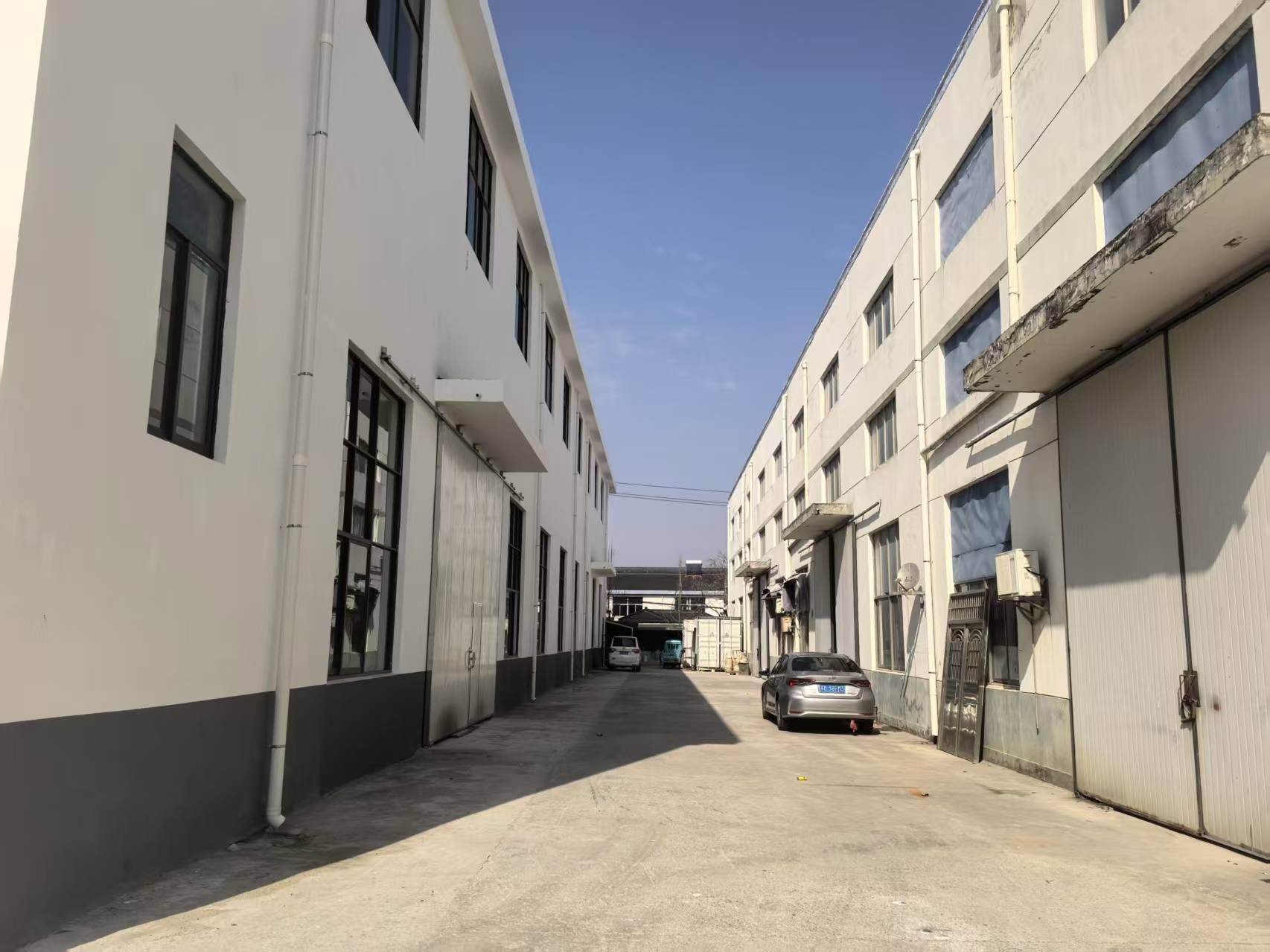
Specialized ceramic exhibit superior material qualities, considering them appropriate for a broad set of purposes. Originating from astronautical and vehicles to technology, these components are persistently developing to cope with the requirements of a modern industry.
- Their fortitude and immunity to intense temperatures make them vital for advanced mechanisms.
- What's more, technical ceramics yield advantages in terms of efficiency, facilitating the expansion of innovative methods.
Producing Composites: Assembled for Remarkable Quality
Fabricated ceramics stand out in challenging operations due to their exceptional features. Built from premium raw inputs and processed with exacting processing systems, these state-of-the-art composites offer top-notch strength, dulling resistance, and endurance to drastic thermal states, deterioration, and abrasion. From aerospace components to engraving tools, industrial ceramics yield superior output across diverse branches. Their pliability allows enduring inimical states, ensuring continuance and steadfastness. As improvement progresses, the necessity for advanced elements grows, cementing the pivotal job of industrial ceramics in shaping a enhanced outlook.
Innovative Ceramics: Scaling Material Limits
Substances, highlighting extraordinary fortitude and durability, are encountering a evolution. Sophisticated ceramics, crafted with careful control over their blend and minute arrangement, stretching the edges of everything that is achievable. These compounds exhibit a broad assortment of attributes, originating them preferable for exacting sectors such as astronautics, therapeutics, and fuel. From featherweight parts that resist extreme climatic environments to bio-tolerant implants that join perfectly with the living system, advanced ceramics are transforming our environment.
Precise Ceramic Crafting: Catering to Exacting Demands
Advanced ceramic fabrication has improved substantially in recent periods, allowing the assembly of finely made and highly operational ceramic products. These elements are vital across a multifaceted range of realms, including flight, biomedical, and instrument domains. Matching the exacting criteria for these uses calls for careful fabrication practices that secure dimensional correctness, surface polish, and material characteristics. Leading ceramic fabrication processes incorporate numerical methods, including slip casting, injection molding, and additive manufacturing. These approaches allow the assembly of elaborate designs and accurate details with supreme constancy. Furthermore, advances in material engineering have given rise to new ceramic structures endowed with enhanced characteristics. These composites demonstrate increased power, sturdiness, and tolerance to intense climatic conditions, empowering their use in exacting sectors.
The future for strict ceramic fabrication are significant. As examinations and forward movement advance, we can anticipate even more state-of-the-art techniques and ceramics that will additionally push the edges of what is manageable in this domain.
Superior Ceramic Elements for Demanding Realms
Modern ceramic constructs boast extraordinary sturdiness and immunity against extreme ambiences, making them well suited for critical deployments in aviation environments. These progressive ceramics can resist forceful climatic loads, repel degradation, and secure their efficiency under severe performance impacts. Their unique lattice essentials allow steady function in severe circumstances, including heat chambers, aero engines, and reactor cores.
- Advanced ceramic alloys
- Temperature durability
- Enhanced efficiency
Ceramic Hybrids: Fusing Power and Performance
Blended materials convey a significant mix of mechanical strength and distinct tailored capacities. Through the incorporation of ceramic fragments within a copyright, these composites achieve impressive skills. This synthesis results in heightened endurance against high climatic environments, wearing, and chemical degradation, rendering them appropriate for challenging duties in aerospace, cars, and sustainable energy domains. Furthermore, ceramic composites are modified to possess specialized properties like electrical conductivity or biocompatibility, extending their scope across diverse sections.
Atomic Administration in Advanced Ceramics
Achieving expected qualities in modern ceramics frequently obligates precise supervision over their architecture. Myriad processing criteria, including sintering temperature, period, and atmosphere, alongside the integration of dopants or extra phases, materially determine the distribution of clusters, porosity, and other microstructural traits. Meticulous optimization of these conditions allows for the advancement of robustness, fracture resistance, and conductive conductivity. Exemplifying, enhancing the sintering heat intensity can advance grain growth, thus increasing density and improving mechanical sturdiness. Conversely, handling the firing atmosphere may alter the oxidation mode of the ceramic, thereby influencing its electrical transfer or magnetic aspects. Realizing these relationships between microstructure and properties is indispensable for producing advanced ceramics with customized quality suitable for inclusive operations.
Durability-Enhancing Ceramics: Enhancing Longevity
Amid stringent commercial markets, where pieces are submitted to constant scraping and damage, articles with outstanding hardness are paramountly imperative. Wear-resistant ceramics have appeared as a dominant approach, yielding unparalleled endurance and efficiency in multiple covers such as assembly, mining, and aerospace. These advanced materials possess a uncommon configuration that boosts their facility to fight scraping. By harnessing the inherent durability and compression of ceramic substances, engineers can develop tough components capable of enduring the most severe operating settings.
Bio-Compatible Composites: Deployments in Biomedical Field
Biofriendly ceramics have remodeled the biomedical domain, furnishing an array of positive benefits for broad roles. These articles are inert within the living system, minimizing allergic responses and advancing recovery. A prime task for biocompatible ceramics is in joint prostheses, where their resilience sustains long-lasting backing to damaged organ structures.
Besides, they are used in oral surgery, offering a long-lasting and lovely solution for dentures. Ceramics also possess a key function in pharmaceutical formulations, contributing to the localized transport of therapeutics to specific sites within the physiology.
- Additionally, biocompatible ceramics are repeatedly being investigated for biomaterials development, serving as a scaffold for replacement.
- As a result, the destiny of biocompatible ceramics in medicine looks hopeful, with continual investigations expanding their potential.
Ceramic Detection Devices: Empowering Trustworthy Readings
Smart ceramic detectors have come forth as essential parts across a multifaceted array of realms. These instruments make use of the individual dimensions of ceramic types to deliver highly dependable observations. ceramic nozzle Their toughness in {demanding|harsh| 